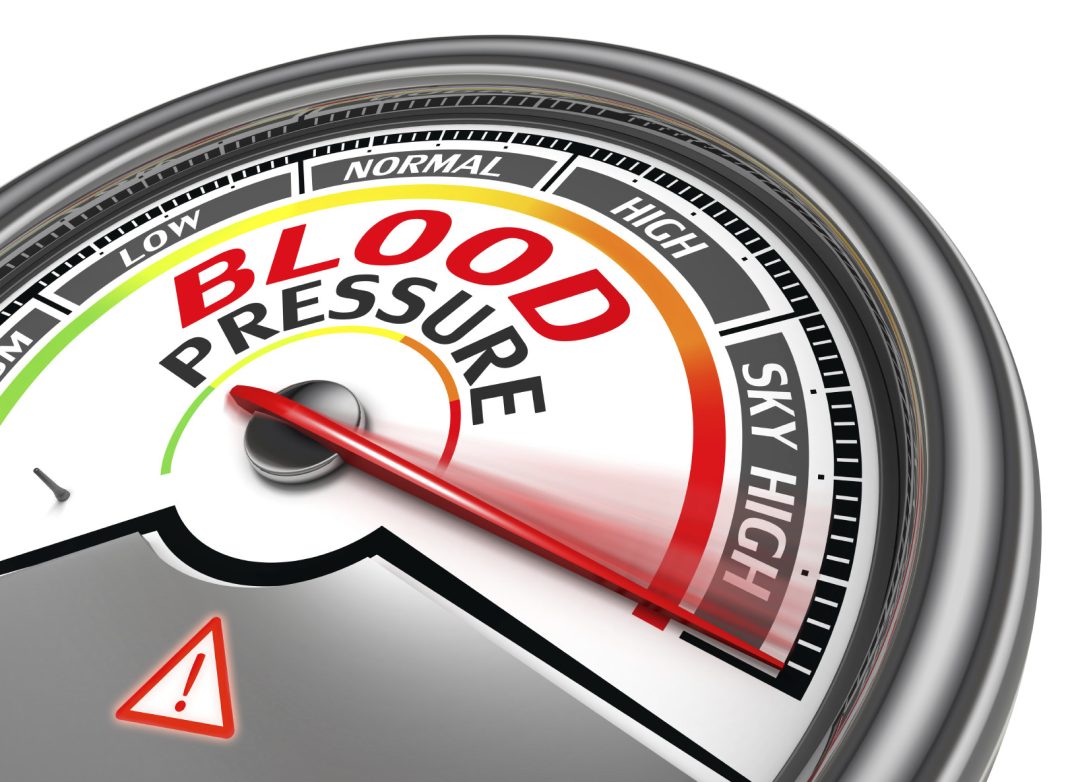Do you ever notice changes in your blood pressure? It fluctuates between highs and lows, which can make you worry about your health. But don’t panic; there are easy solutions you can use to help stabilise your fluctuating blood pressure and improve your general well-being. In this article, we’ll look at simple solutions that you can carry out, even if they’re not experts.
When your blood pressure becomes too high, it puts strain on your heart and blood vessels. When it falls too low, it might make you feel dizzy and weak. But here’s the good news: you have the power!
We’ll share tricks that can instantly lower your blood pressure, giving you relief when it shoots up unexpectedly. We’ll also discover a quick remedy list for low blood pressure if it suddenly drops, helping you feel strong and full of energy again. So, get ready to learn these remedies that can help you manage your blood pressure and improve your overall health.
In case of very high blood pressure, consider the following:
Deep Breathing and Relaxation Techniques
When facing a sudden rise in blood pressure, practising deep breathing and relaxation techniques can provide immediate relief.
- Sit in a comfortable position, close your eyes, and take slow, deep breaths.
- Inhale deeply through your nose, hold your breath for a few seconds, and exhale slowly through your mouth.
This helps activate the relaxation response in your body, reducing stress and promoting blood vessel dilation. Engaging in activities like meditation, yoga, or listening to calming music can further aid in lowering your blood pressure.
Also, Read- Gingivitis in Children: How to Keep Their Smiles Healthy
Hydration and Water Intake
Maintaining proper blood pressure levels requires staying hydrated. Increased water consumption can assist dilute the quantity of salt in your system, decreasing your blood pressure in cases of high blood pressure.
- Drink a glass of water and keep sipping on it throughout the day.
- Avoid sugary beverages and excessive coffee, which can cause high blood pressure.
- For extra flavour and hydration, try herbal teas or infused water.
Reduce Sodium Intake
High sodium levels in your diet can contribute to elevated blood pressure. To counteract this, reduce your sodium intake immediately.
- Avoid processed and packaged foods that are often high in sodium content.
- Go for fresh, whole foods and flavour your meals with herbs, spices, and natural seasonings instead of salt.
Additionally, read food labels carefully and choose low-sodium or sodium-free options whenever possible. By reducing sodium intake, you can help lower your blood pressure quickly.
Apply a Cold Compress
Placing a cold compress, such as a cold towel or ice pack, on your forehead, neck, or wrists can help lower your body temperature and temporarily reduce blood pressure.
- Prepare a cold compress by soaking a clean towel in cold water.
- Gently place the cold compress on your forehead, neck, or wrists.
- Leave it in place for a few minutes, allowing the cold sensation to help lower your high blood pressure.
In case of a drop in blood pressure:
Increase Fluid Intake
Dehydration is linked to low blood pressure. Increase your fluid intake to fast boost your blood pressure.
- Consume a glass of water or other hydrating liquids such as fruit juices or herbal teas.
- Avoid caffeinated or sugary drinks, which might have diuretic effects and cause your blood pressure to drop even more.
Rehydrating your body increases blood volume, which aids in blood pressure raising.
Consume Salty Snacks
Consuming salty foods can give a quick boost in situations of unexpected dips in blood pressure. Salt helps in the retention of water in the body, increasing blood volume and, as a result, blood pressure.
- Choose sodium-rich foods such as salted almonds, pretzels, or salted crackers.
- Remember, high salt consumption has long-term health consequences. Make sure to eat sensibly.
Elevate Your Legs
When experiencing a sudden drop in blood pressure, elevating your legs can help improve blood circulation and raise blood pressure.
- Lie down and prop your legs up on a pillow or cushion.
- Position them higher than the level of your heart.
This promotes blood flow from your legs back to your heart and brain, preventing pooling and aiding in blood pressure elevation.
Wear Compression Stockings
Compression stockings or socks apply pressure to your legs, helping improve blood flow and prevent blood pooling.
- These specially designed stockings gently squeeze your legs, promoting circulation and raising blood pressure.
- Consider wearing compression stockings when you anticipate a drop in blood pressure or during activities that may trigger low blood pressure episodes.
Conclusion:
Whenever there is a fluctuation in your blood pressure, you would feel it. Don’t panic. Keep calm, and follow the above steps. If things get worse, go and see a doctor. Professional is always recommended before you suffer long-term effects in your life. Keep a check. Stay healthy.









